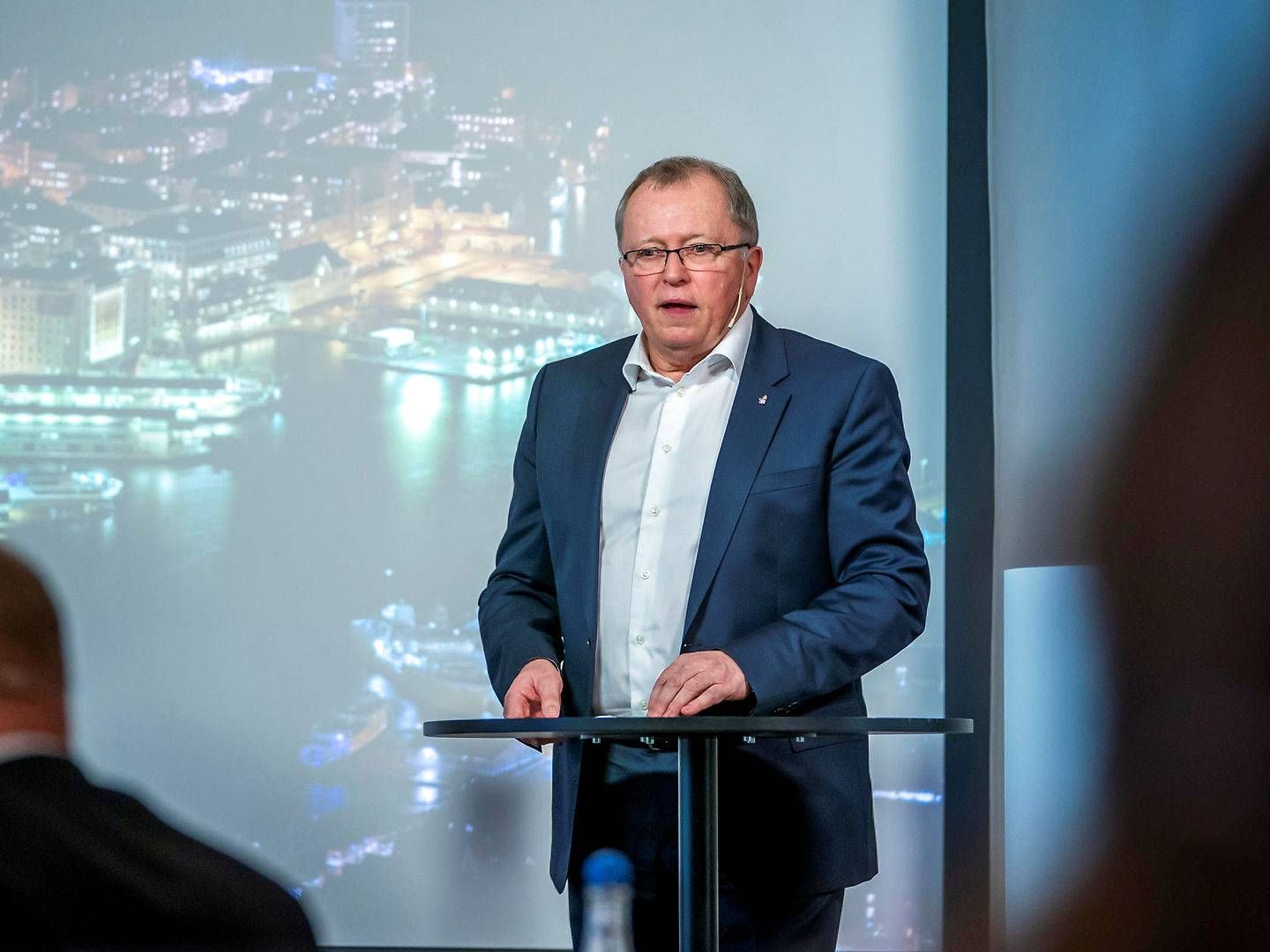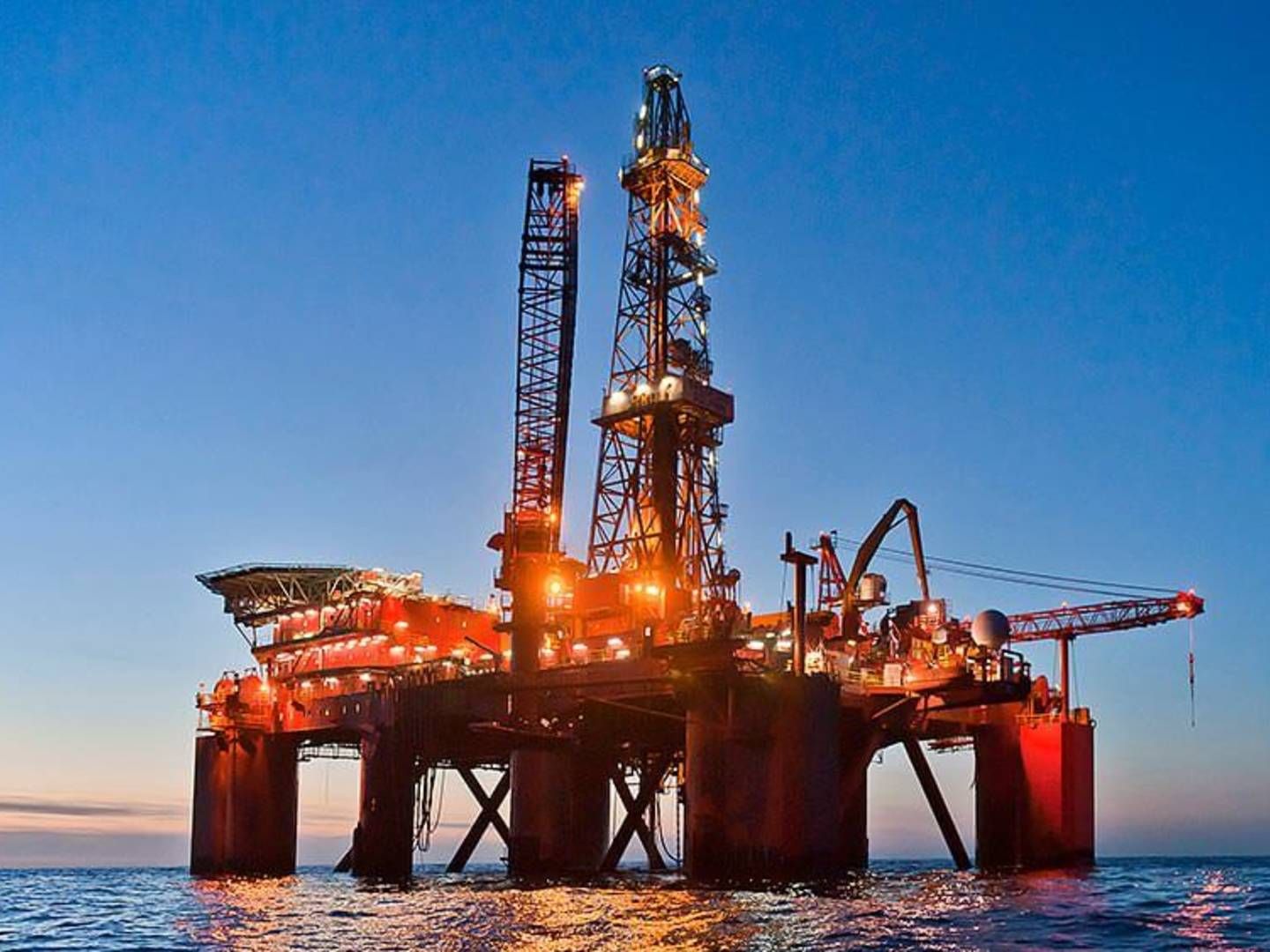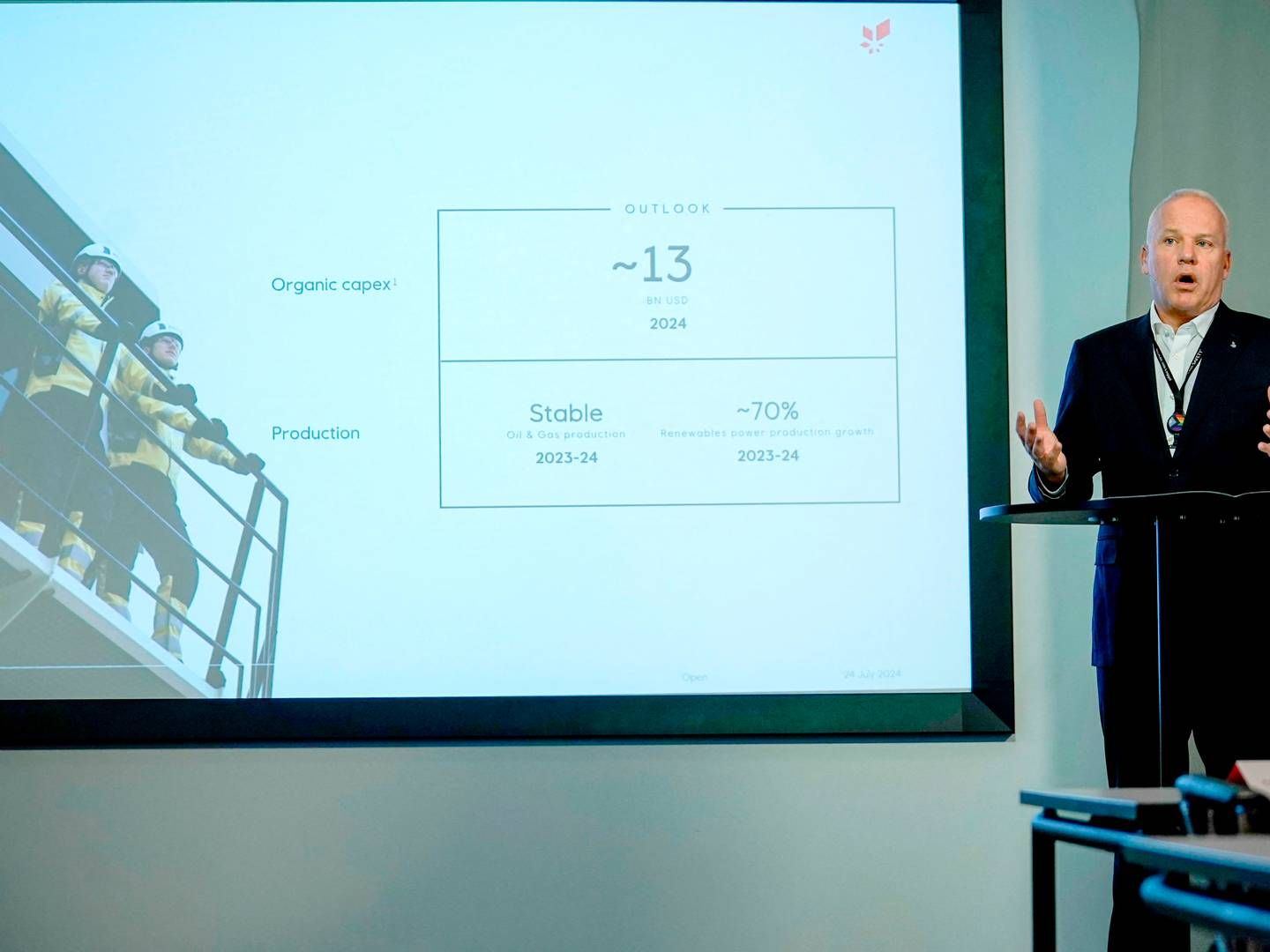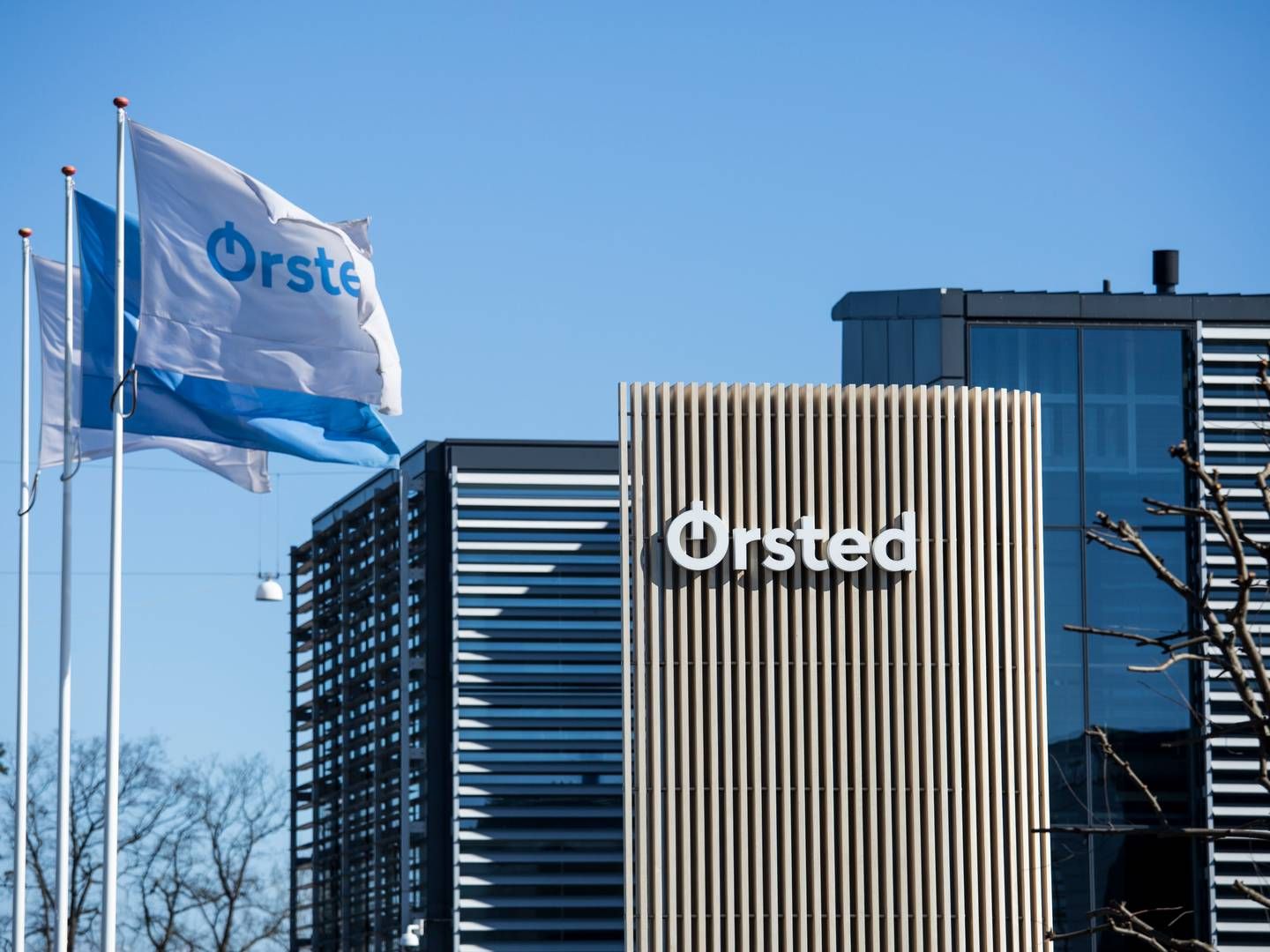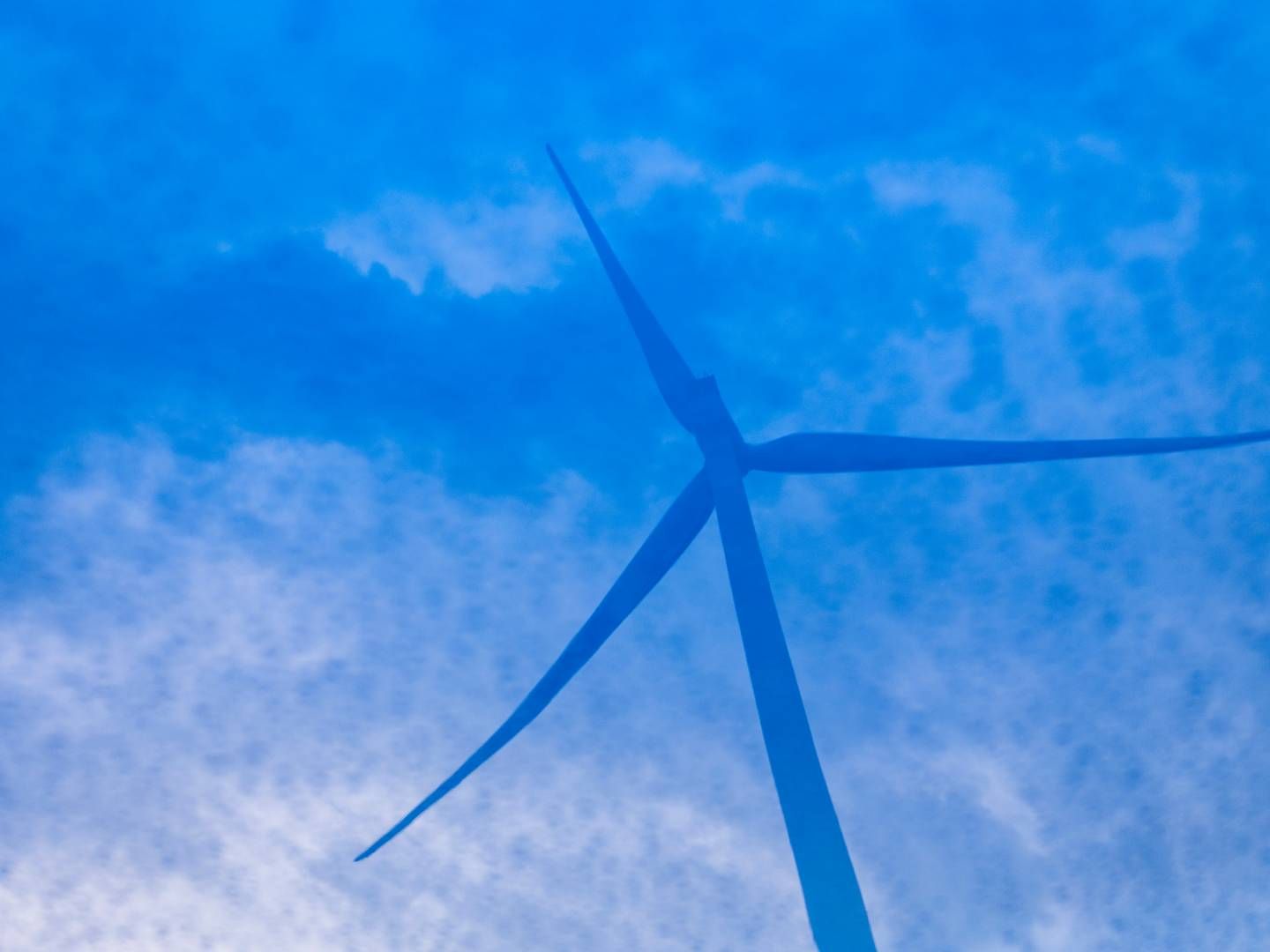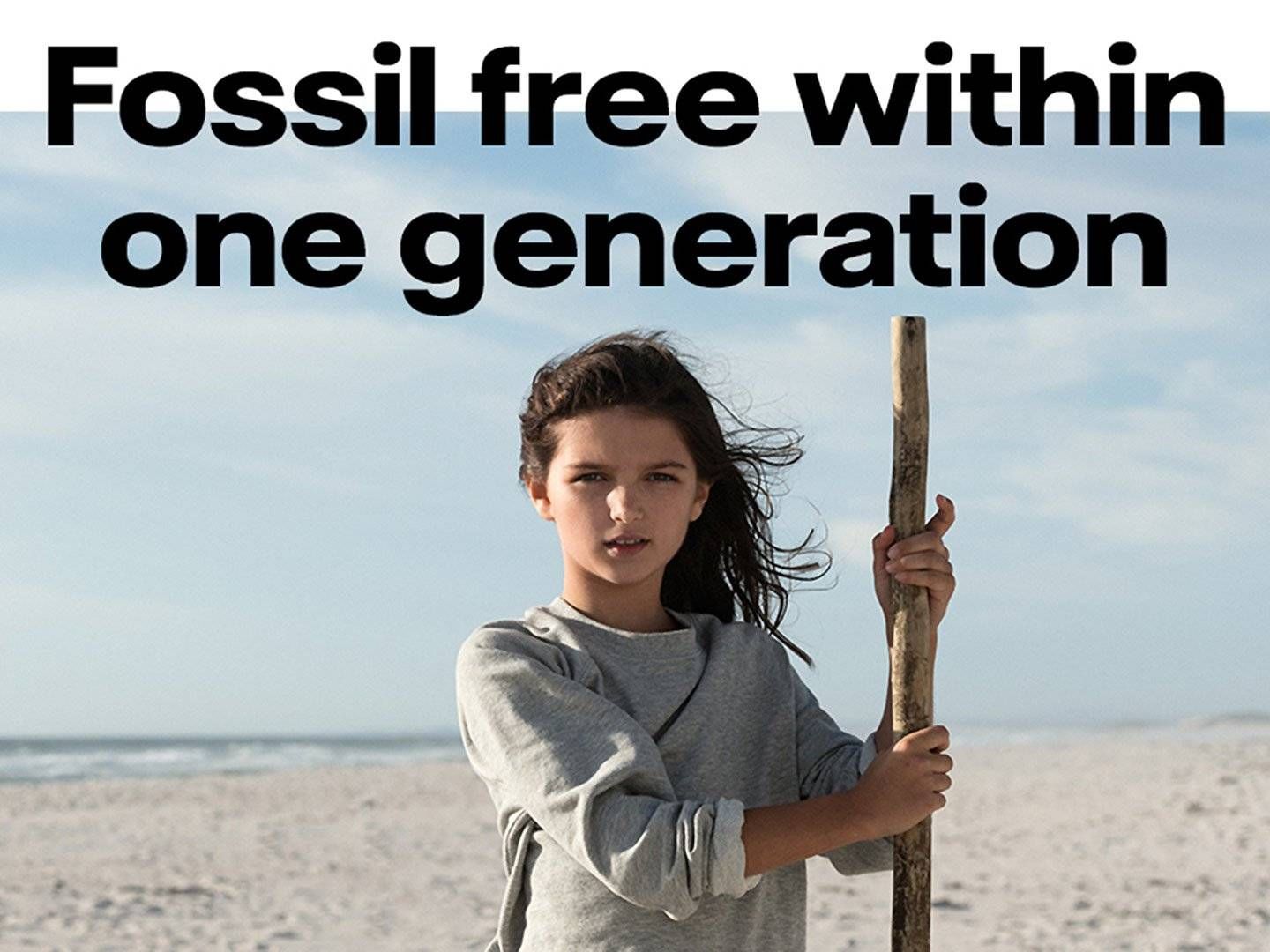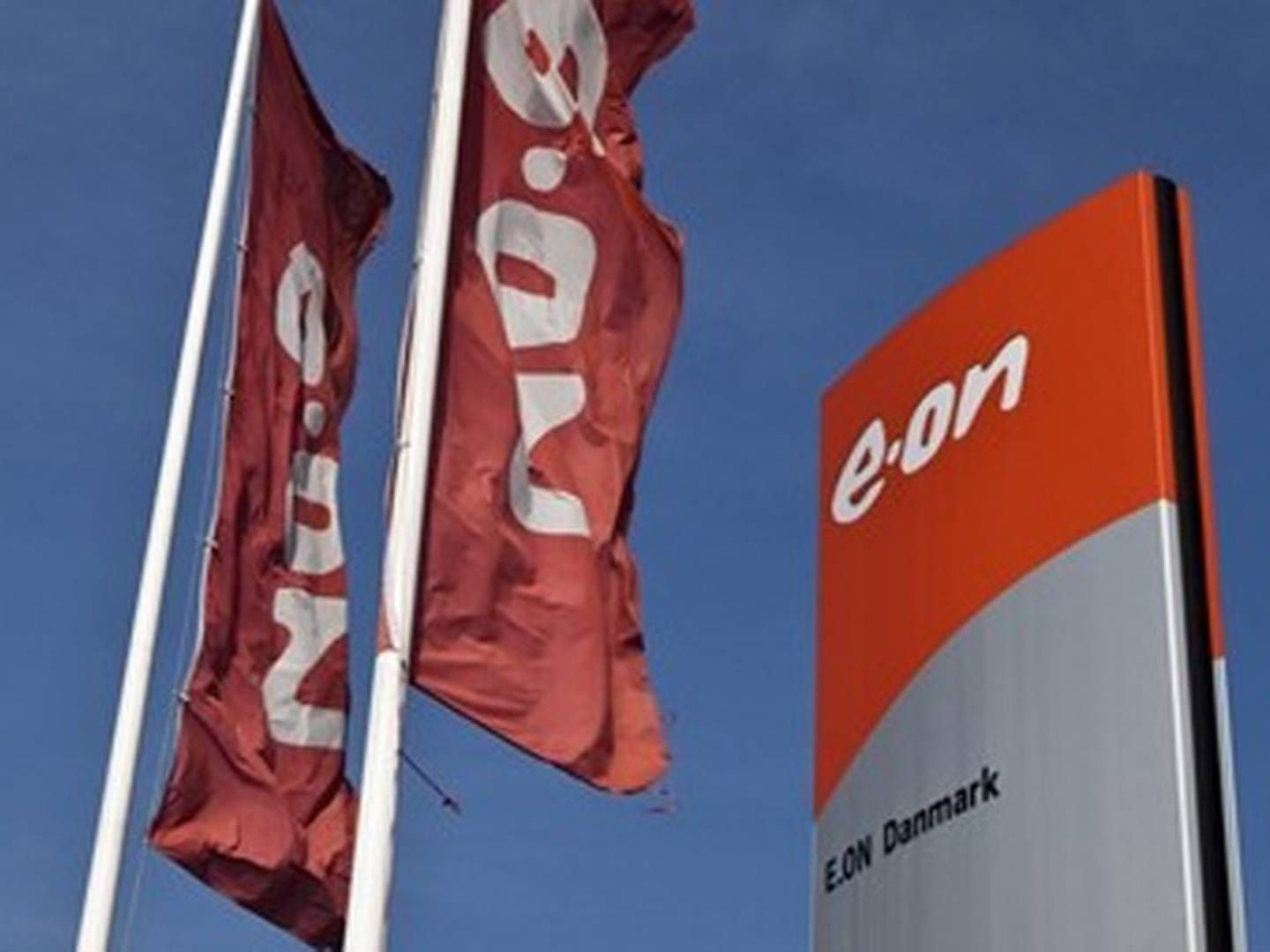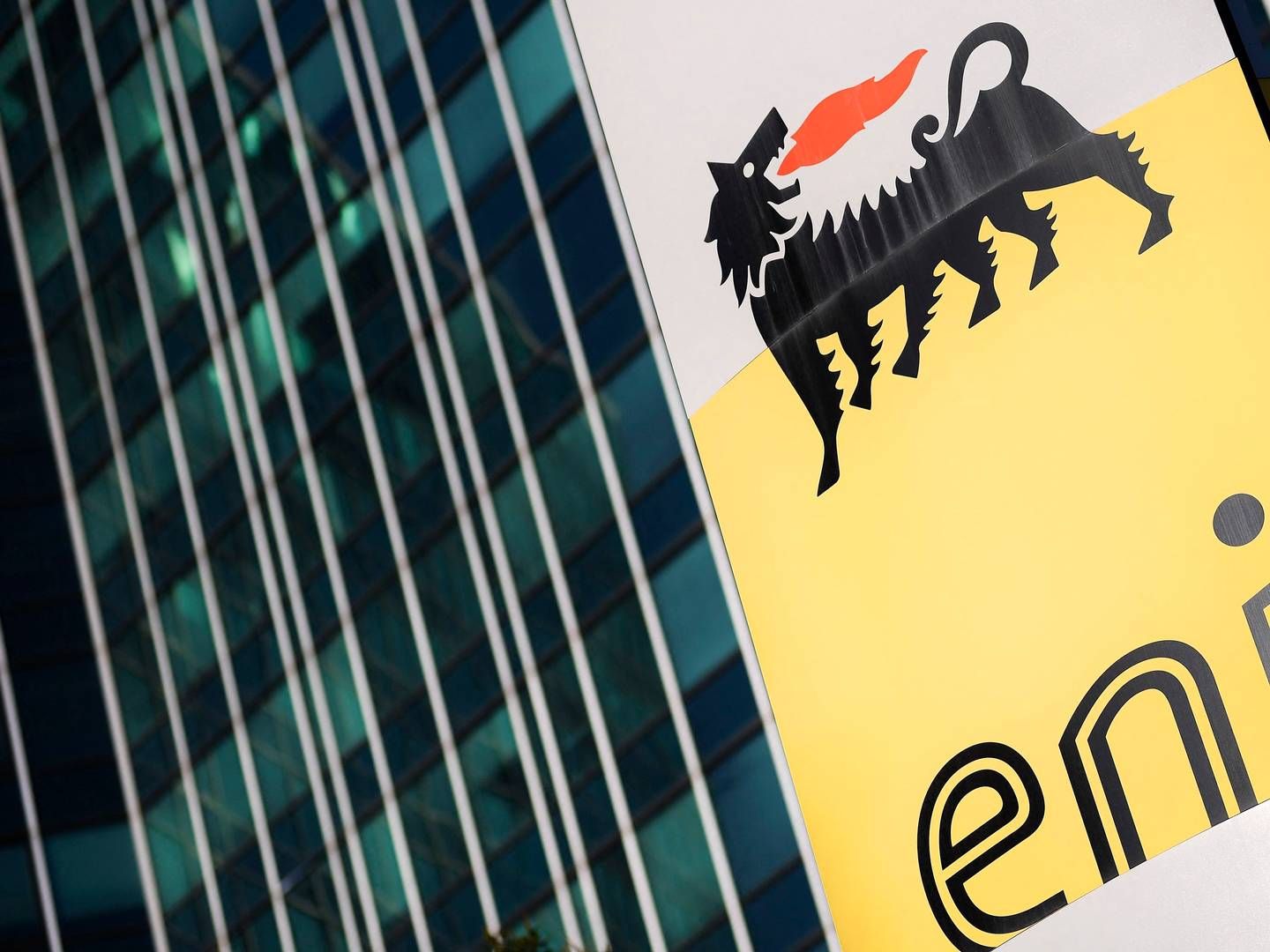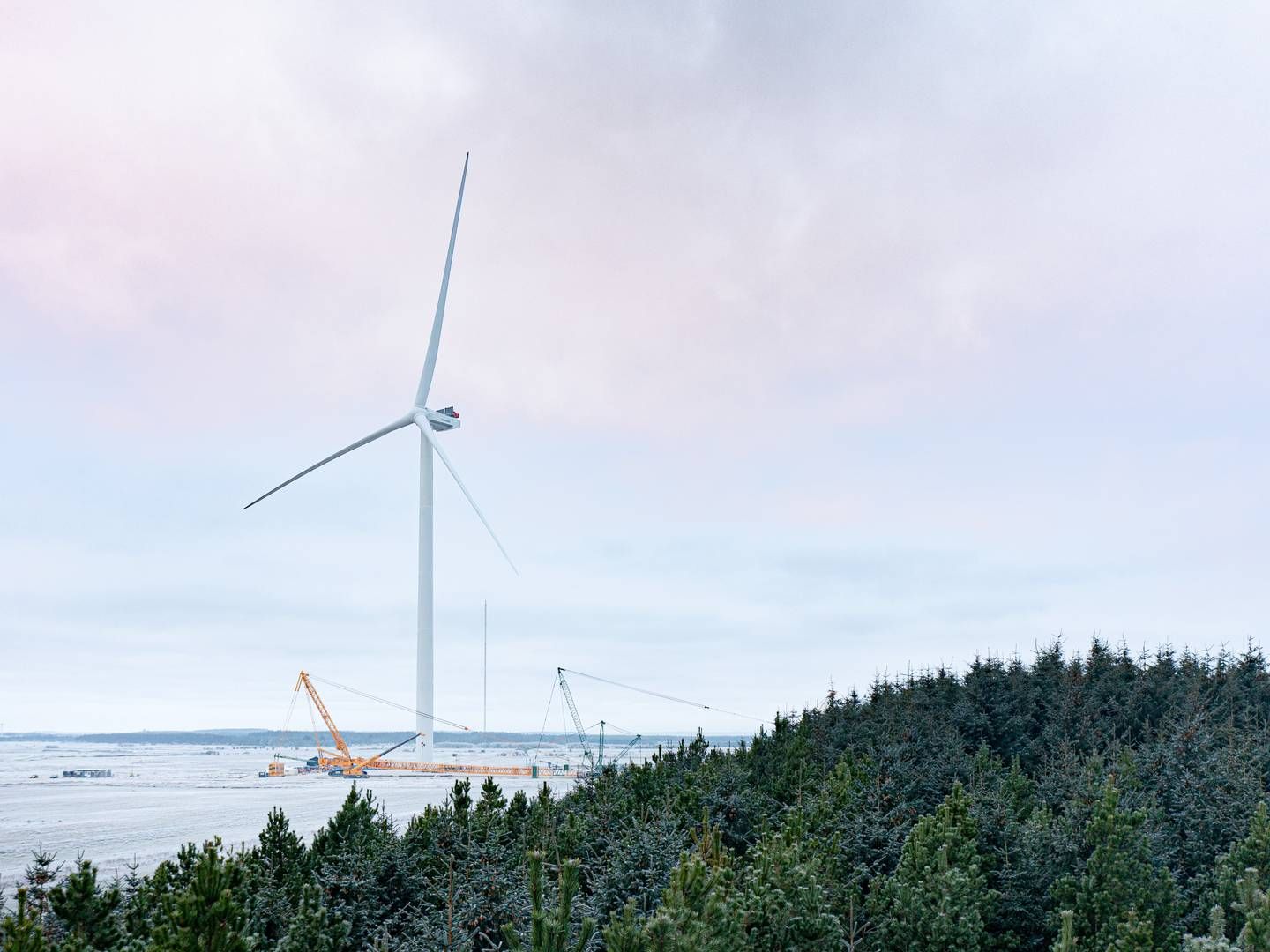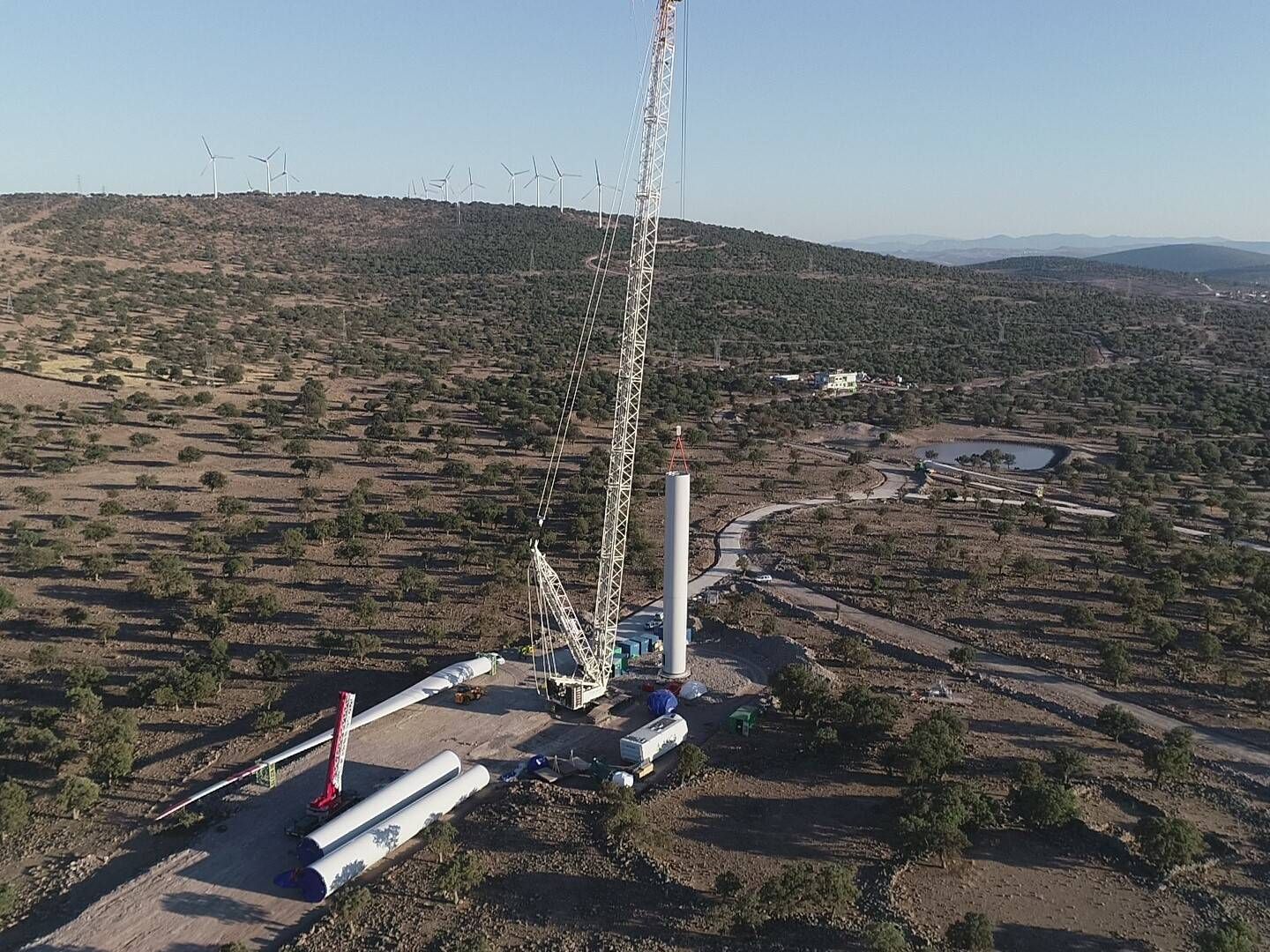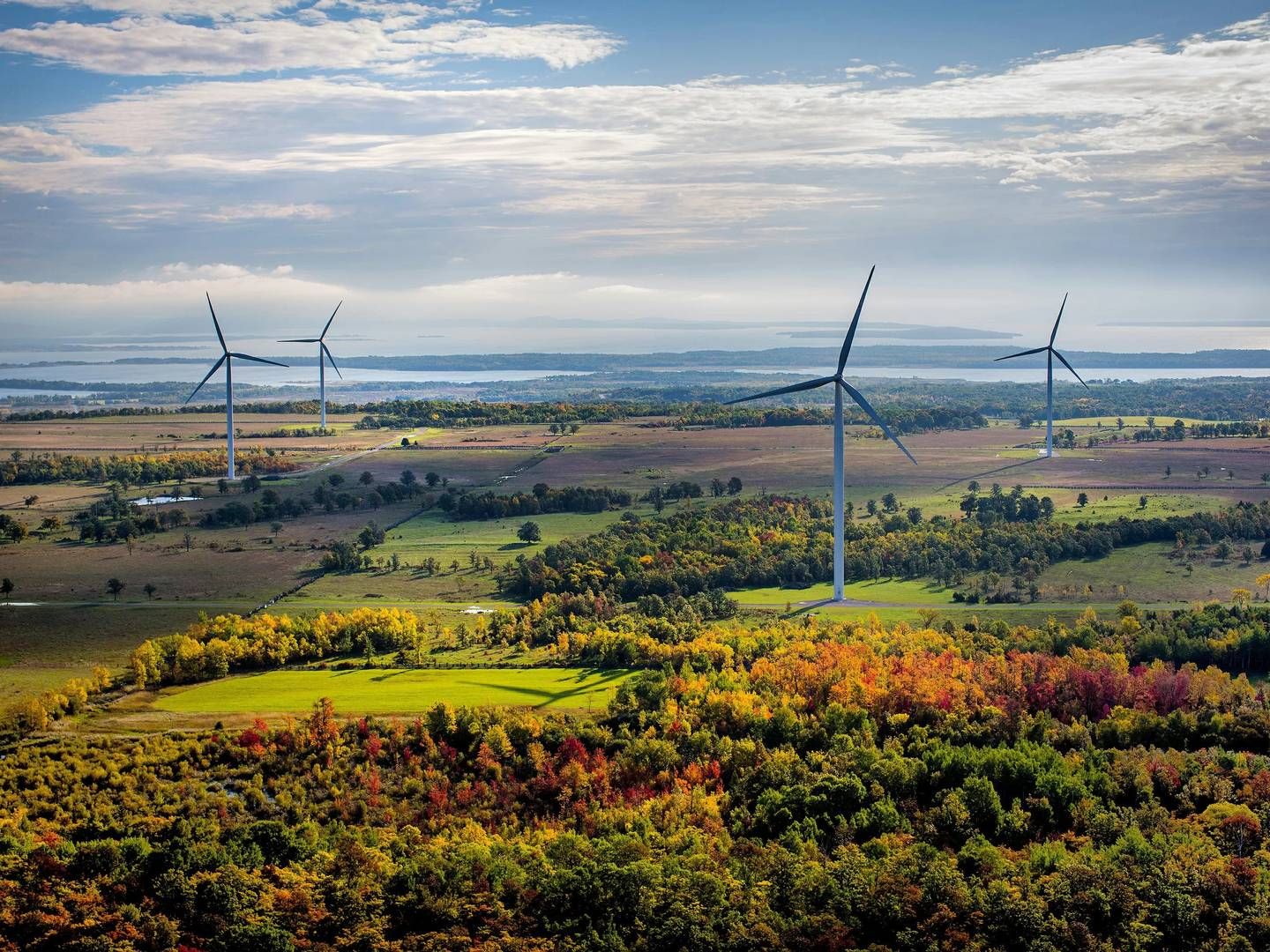Equinor: Norway's carbon tax has cut flaring

COPENHAGEN/LONDON
Burning off surplus natural gas from oil rigs is more expensive in Norway than in Denmark. Oslo has, unlike Copenhagen, slapped flaring with a carbon tax since 1990.
This arrangement explains much of the discrepancy between the two countries' flaring practices, says Equinor Executive Vice President of Technology, Projects and Drilling Anders Opedal.
"Norway's carbon tax has had a large impact on making flaring reductions lucrative. It pays from an purely economic perspective," Opedal tells EnergyWatch during the company's capital markets day event held in London.
Opedal would thereby like to see a more general ordinance in the industry.
"There ought to be a global CO2 tax, because such would incentivize general emissions reductions," he holds.
Flaring refers to the burning of surplus natural gas that builds up in the process of extracting oil – a practice that emits greenhouse gases and soot into Earth's atmosphere and directly compounds climate change.
Tax might have contributed
EnergyWatch reported last month that the Danish fossil energy sector emits 4.5 times more than its Norwegian counterpart per extracted unit of fuel.
This prompted the governing Danish Social Democratic Party's parliamentary supporters to call for a thorough probe on whether the country should also ban and tax domestic flaring.
Energy Spokesperson Singe Munk, from Denmark's Socialist People's Party, asked Climate, Utilities and Energy Minister Dan Jørgensen (Social Democratic Party) to account for the discrepancy between the countries. Jørgensen replied conceding that the difference is "substantial" and that a might be a correlation such as the one claimed by Equinor.
"Norway's higher taxation on CO2 (fees and later quotas) could have contributed to increasing economic incentives for investing in technical equipment that reduces flaring under the expansion of the Norwegian sector," says the minister, who sought advice from the Danish Energy Agency (DEA).
Moreover, Jørgensen notes that, whereas Denmark is extracting less volume, Norway's upstream output has been maintained at a more stable level.
"Decline oil and gas output results in overcapacity in the processing facility. Flaring will not be substantially reduced based on this context. Significantly reducing flaring requires capacity reduction at the processing facility or that the facility is rebuilt," the ministry writes in its reply.

No flames in Norway
The industry in Norway has also been quite successful in luring infrastructure investments, notes Equinor Chief Executive Eldar Sætre in an interview with EnergyWatch.
"In Norway, we have a law against flaring, and it has been banned for decades. Our rigs don't even have flames burning. We light them in an effective way when doing so becomes necessary," he says.
Norway indeed prohibits the practice unless absolutely necessary for reasons of safety.
"Some safety-related flaring is necessary for managing pressure if something happens. That sort of thing occurs from time to time, requiring gas to be vented from the system," Sætre explains.
Safety-related flaring is carried out to prevent fractures, uncontrolled leaks and, in the worst case, explosions. Routine flaring is a different matter. The latter type is basically a waste of energy and detrimental to the environment.
Both Equinor and French oil and gas supermajor Total, the main field operator of the Danish Underground Consortium's North Sea assets, have committed to eliminate routine flaring by 2030 as a part of an initiative led by the World Bank.
Comparable laws
Munk also asked Jørgensen about how much Denmark's flaring emissions would be cut if brought down to Norwegian levels.
The DEA's data on direct carbon dioxide emissions from flaring in the Danish North Sea during show a total volume of 213,168 tons. Based on those figures, Jørgensen states:
"If this emissions volume is arithmetically reduced by a factor of 4.5, as provided in the article, Denmark's theoretical 2018 value for CO2 emissions from flaring in the North Sea would be around 47,000 tons."
The minister adds that this estimate omits consideration of output levels and carbon taxes.
The DEA also deems the two countries' legislation is set up to serve to the same purpose, shows its ministerial input.
"The basic regulation of flaring in Norway and Denmark is comparable insofar as both legislations seek to limit unnecessary flaring," the DEA writes and continues:
"In Norway, flaring is only permitted for reason of safety. ... the Danish Underground Law's § 10 stipulates that 'Exploration and extraction must take place in a defensible and prudent manner, thus avoiding the waste of commodities.' Unnecessary flaring, i.e. non-safety-related flaring, wastes resources."
Nonetheless, the divergence between the two upstream sectors has only become more pronounced in recent years.
Total: Reduction is a work in progress
The relative differences in upstream emission from the two nation's oil sectors stands in sharp contrast to the fact that Danish industry players routinely refer to domestic oil extraction as having the lowest emissions factor in the world.
This typically takes place through a reference to a 2018 Stanford University study that ranks Denmark at the top of a list naming the world's least environmentally damaging oil-supplying countries.
Total reiterates this angle in communication with EnergyWatch.
"We're constantly working to reduce our climate footprint, and one of our top priorities is to minimize flaring from our rigs and to reduce CO2 emissions. We're proud that Denmark's oil and gas operations have one of the world's smallest impact on climate, according to a Stanford analysis," writes Bernhard Reith, head of Total's North Sea installations.
The Stanford study, however, is shrouded in doubt, and Denmark's placement in that list is thereby marked by statistical uncertainty.
Flaring accounted for 0.6 percent of Denmark's aggregate emissions in 2018.
English Edit: Daniel Frank Christensen
Equinor CEO: We're eradicating our flaring
Lundin commits to climate neutrality by 2030
News agency says oil giant planning climate overhaul
Upstream operations account for 2.2 percent of Denmark's emissions
IEA says oil companies must accelerate green energy transition
Danish government postpones decision on new North Sea oil hunts
Danish fossil sector flaring emits four times more CO2 than Norway's
Related articles
Equinor CEO: We're eradicating our flaring
For subscribers
Lundin commits to climate neutrality by 2030
For subscribers
News agency says oil giant planning climate overhaul
For subscribers

